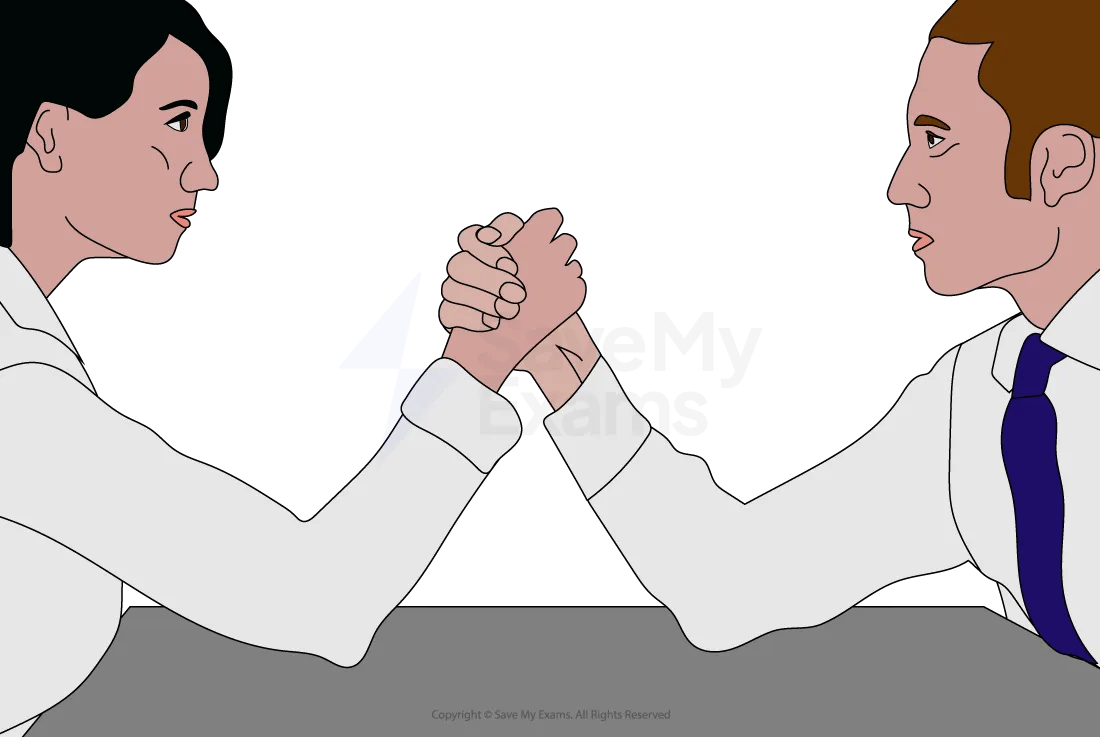Link to Issues & Debates:
The ideas that underpin this theory are extremely reductionist in that they condense complex human behaviour such as sexual selection into a binary dynamic minus any nuance or variability. The reductionist nature of this argument can be (and has been) used by people (mainly men it has to be said!) to push a sexist agenda in which women are reduced to baby-makers who are obsolete after a certain age and men as the human equivalent of bank accounts. An evolutionary approach to sexual selection also legitimises the view that men can have sex with as many women as they like whereas women have to be circumspect in their sexual encounters, only having sex with men who they are likely to commit to.
Evolutionary theory falls firmly on the side of nature in the nature/nurture debate with its emphasis on innate drives.
Link to Approaches:
Evolutionary explanations of behaviour reside within the Biological Approach for the reasons outlined above: their emphasis on innate drives and behaviour that has adapted across generations.



